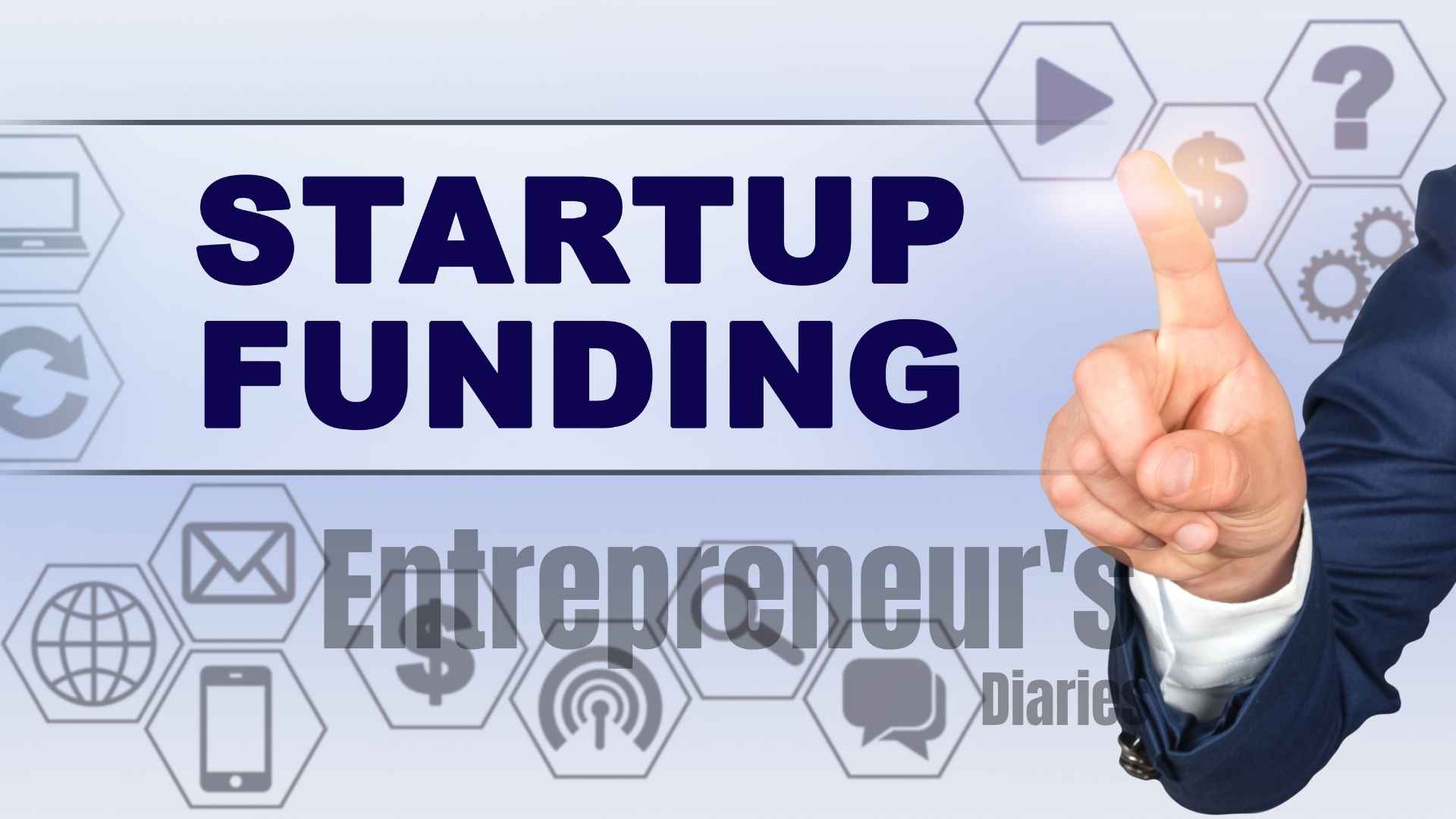Every big company once started small. Someone had an idea, a bit of courage, and usually very little money. That’s where startup funding comes in: the art of convincing people to believe in your idea enough to help you build it.
Where the Money Journey Begins
For most founders, it starts with what they can scrape together themselves. Savings, credit cards, maybe a loan from family or a friend who believes in the dream. This early money is called pre-seed funding. It’s what pays for those prototypes, the basic version of a product, or maybe just a few months of runway to prove an idea works.
Once there’s something to show a product that people like or early signs of interest, the startup moves to the seed stage. That’s when angel investors step in. They’re usually experienced entrepreneurs or small investors willing to take a risk on something new. They don’t just bring money; they bring advice, contacts, and credibility.
If things go right, bigger players arrive. Series A, Series B, and later rounds are when venture capital firms join the game. These are professional investors managing other people’s money. They look for startups that are ready to grow fast: expand teams, open new markets, or push technology further.
By the time a company reaches late-stage funding, the conversation shifts toward preparing for an IPO or an acquisition. At that point, the business isn’t just surviving, it’s proving it can thrive on a global scale.
How We Got Here
Venture capital the system that fuels this whole process, has roots going back to 1946, when the American Research and Development Corporation began backing young companies with high growth potential. That idea built the foundation for modern startup investing.
Fast-forward to 2013, and investor Aileen Lee coined the word “unicorn” to describe startups valued at over $1 billion. At the time, they were rare enough to seem mythical. Today, hundreds of them exist around the world, though reaching that level is still the dream for most founders.
The Trade: Control for Growth
Startup funding isn’t just about getting cash. It’s about giving something up in return for ownership. This is called equity financing, where investors buy a piece of the company in exchange for their investment.
That trade-off is what keeps the startup machine turning. Founders need capital to grow. Investors need a return. When the company succeeds, both sides win. But it also means that with every funding round, founders own a little less of their company.
To make early fundraising easier, many startups use something called a convertible note or a SAFE a simple agreement for future equity. As Y Combinator explains, it’s a quick way to raise money without putting a value on the company right away. The agreement turns into equity later when a proper valuation is set.
What the Numbers Say
In 2023, startups across the U.S. raised roughly $170.6 billion, according to PitchBook. That’s a drop from 2022, when total investments were over $240 billion. Rising interest rates and cautious investors made it tougher to raise big rounds, especially for later-stage companies.
But the early-stage scene stayed surprisingly strong. CB Insights reported that areas like artificial intelligence, green tech, and fintech kept drawing attention. Crunchbase noted that the average Series A round was around $12.8 million—a sign that good ideas still find backers, even when the broader economy cools off.
The Human Side of Raising Capital
Talk to any founder and they’ll tell you: raising money is rarely easy. It means dozens of investor meetings, constant rejection, and tough questions about every part of the business. But it also forces clarity. To convince someone else to believe in your vision, you have to truly understand it yourself.
That said, the smartest founders also know when not to raise money. They focus on building something people want before chasing investors. Because once outside money comes in, expectations change fast. Investors expect growth, structure, and accountability. Every dollar raised adds pressure to deliver results.
As Carta puts it, each round changes the company’s “cap table,” the chart that shows who owns what. Over time, it becomes a map of everyone who believed in the idea at different stages.
Why It Matters to Everyone
Venture-backed startups now account for more than 40% of the total market value of U.S. public companies, according to the National Venture Capital Association. That’s huge. It means many of the apps, tools, and services people use every day started as risky ideas backed by investors willing to take a chance.
The Small Business Administration describes venture funding as “high risk with potential for above-average returns.” In plain language, it’s gambling on innovation, but when it works, it can transform entire industries.
What the Future Looks Like
The funding landscape is shifting again. Newer options like crowdfunding, revenue-based financing, and rolling funds are helping founders stay independent longer. Investors, meanwhile, are becoming more cautious but also more creative about how they deploy capital.
At its core, startup funding remains a mix of faith, numbers, and persistence. It’s people betting on ideas before they’re proven, hoping one of them becomes the next big thing.
Because at the end of the day, every unicorn, every billion-dollar company, every game-changing product began with the same question: Who’s willing to believe in this enough to fund it?
Connect With Us On Social Media [ Facebook | Instagram | Twitter | LinkedIn ] To Get Real-Time Updates On The Market. Entrepreneurs’ Diaries Is Now Available On Telegram. Join Our Telegram Channel To Get Instant Updates.
Tokyo-based CFA translating global markets into clear insights for modern entrepreneurs.





